Our Story
When you buy a product from the WAR Chest Boutique, you are truly a fellow soldier in the fight to set women and children free from exploitation and slavery. The WAR Chest Boutique is the retail arm of the non-profit organization, Women At Risk, International (WAR, Int’l), which includes our online boutique, retail store, and pop-up events held in homes, businesses, and churches throughout the United States. We are a treasure chest, if you will, of unique gifts hand-crafted by or sold in support of at-risk and rescued women (and even men) in our partnering programs in over 60 countries.
The stories of the survivors we support are the lifeblood and heartbeat of WAR, Int’l. They are the pulse and purpose behind the programs we plan, the speakers you hear, and the jewelry you wear. Every product you find on our site, store, and pop-up events comes with a story card allowing you to read personal stories of men, women, and children who have passed through our programs.
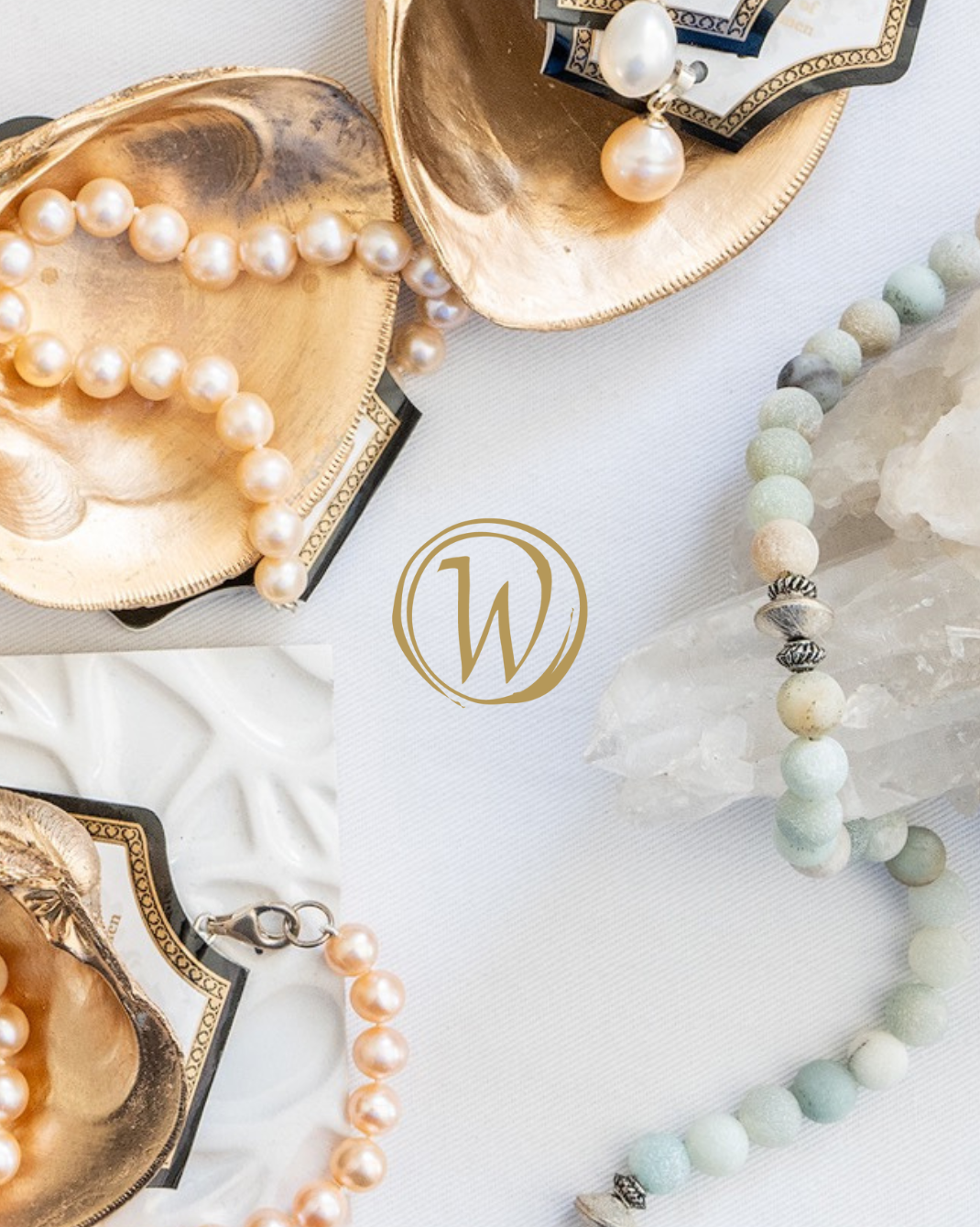
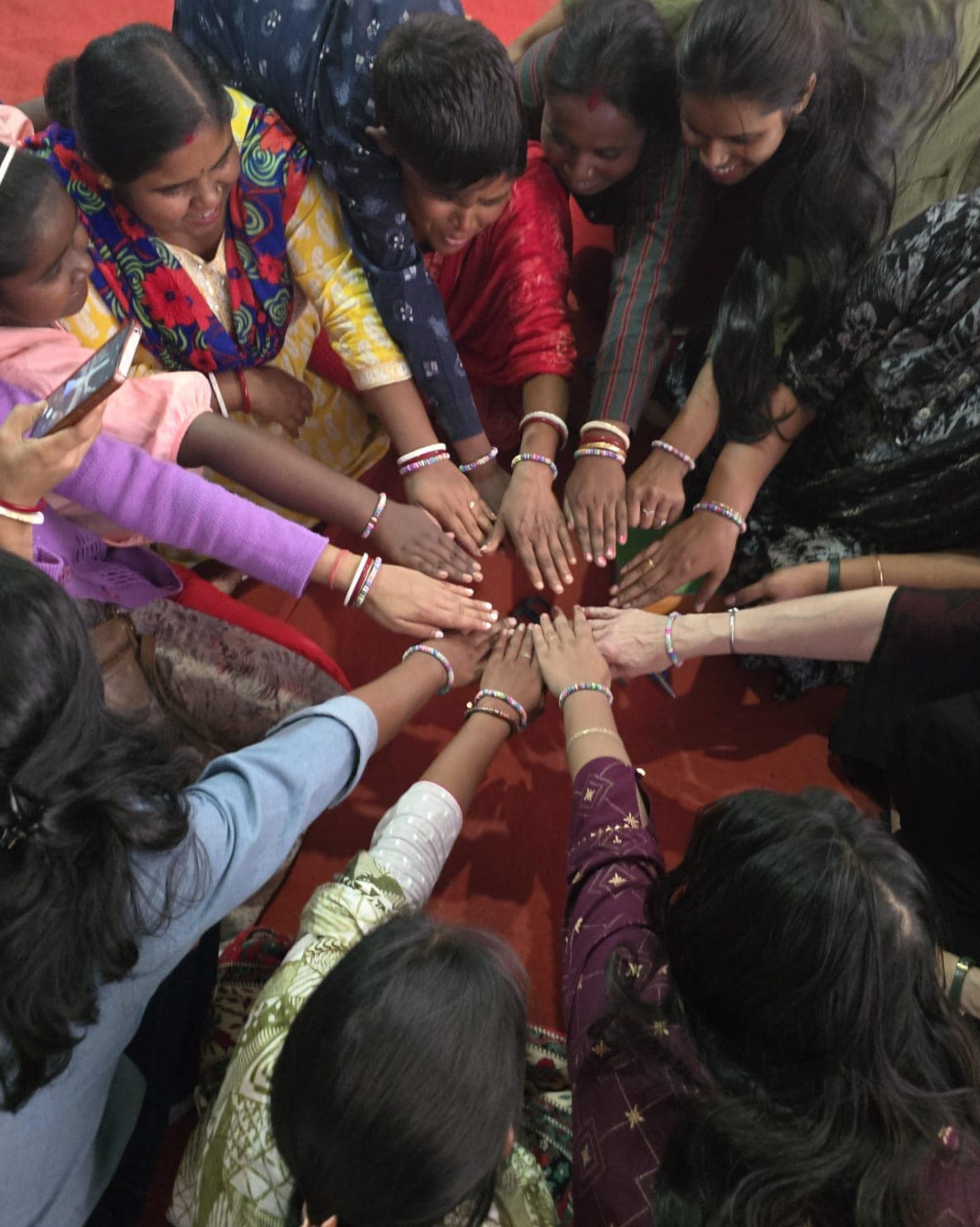
Our mission is two-fold. We seek to market and sell handcrafted items made by at-risk and rescued men and women from around the world, supporting culturally sensitive, value-added intervention projects, while educating our shoppers about the risks the vulnerable face in our world. We invite you to shop with a purpose at the WAR Chest Boutique!
- AL Albania
- BD Bangladesh
- CG Congo
- CM Cameroon
- CN China
- RS Serbia
- ME Montenegro
- CY Cyprus
- DO Dominican Republic
- EC Ecuador
- EG Egypt
- GH Ghana
- GT Guatemala
- HN Honduras
- HT Haiti
- ID Indonesia
- IL Israel
- IN India
- JO Jordan
- KE Kenya
- KH Cambodia
- XK Kosovo
- LK Sri Lanka
- MA Morocco
- MN Mongolia
- MW Malawi
- MY Malaysia
- NI Nicaragua
- NP Nepal
- PE Peru
- PH Philippines
- PK Pakistan
- PY Paraguay
- RW Rwanda
- SZ Eswatini
- TH Thailand
- TR Turkey
- UG Uganda
- US United States
- VN Vietnam
- ZA South Africa
Our History
The history of WAR, Int’l far exceeds the dates of its formal establishment, reaching back into the childhood of founder and president Rebecca McDonald. McDonald’s international upbringing first exposed her to the world of risk when a young friend was found wounded, raped, and unable to speak from the acid used to silence her cries. Both McDonald and the victim were only 14 years old at the time. On that day, this one girl’s suffering set McDonald on a course of action to become a voice for the voiceless, a defender of the oppressed, and a haven of healing for the hurting.
After working in international women’s issues for thirty years, McDonald recognized the growing desire of American women to join the effort to protect and empower rescued and at-risk women. Therefore, in 2006 WAR, Int'l was founded with projects in 14 countries worldwide. By 2007, WAR, Int’l had received its 501(c)3 status and began offering a small selection of hand-crafted jewelry through the organization’s website, home-party sales, and at conferences and events. By 2008 WAR, Int'l had grown from offering pearl necklaces and hand-blown glass ornaments to offering jewelry, cards, ornaments, and other gifts from 3 safe-houses and 3 preventative training programs. This growth prompted the opening of WAR, Int’l’s first retail store, the WAR Chest Boutique in Rockford, MI. The storefront enabled WAR, Int'l to involve the public in a new and unique way, educating them about risk issues and empowering them to make a difference in the lives of women all over the world. The response was powerful!
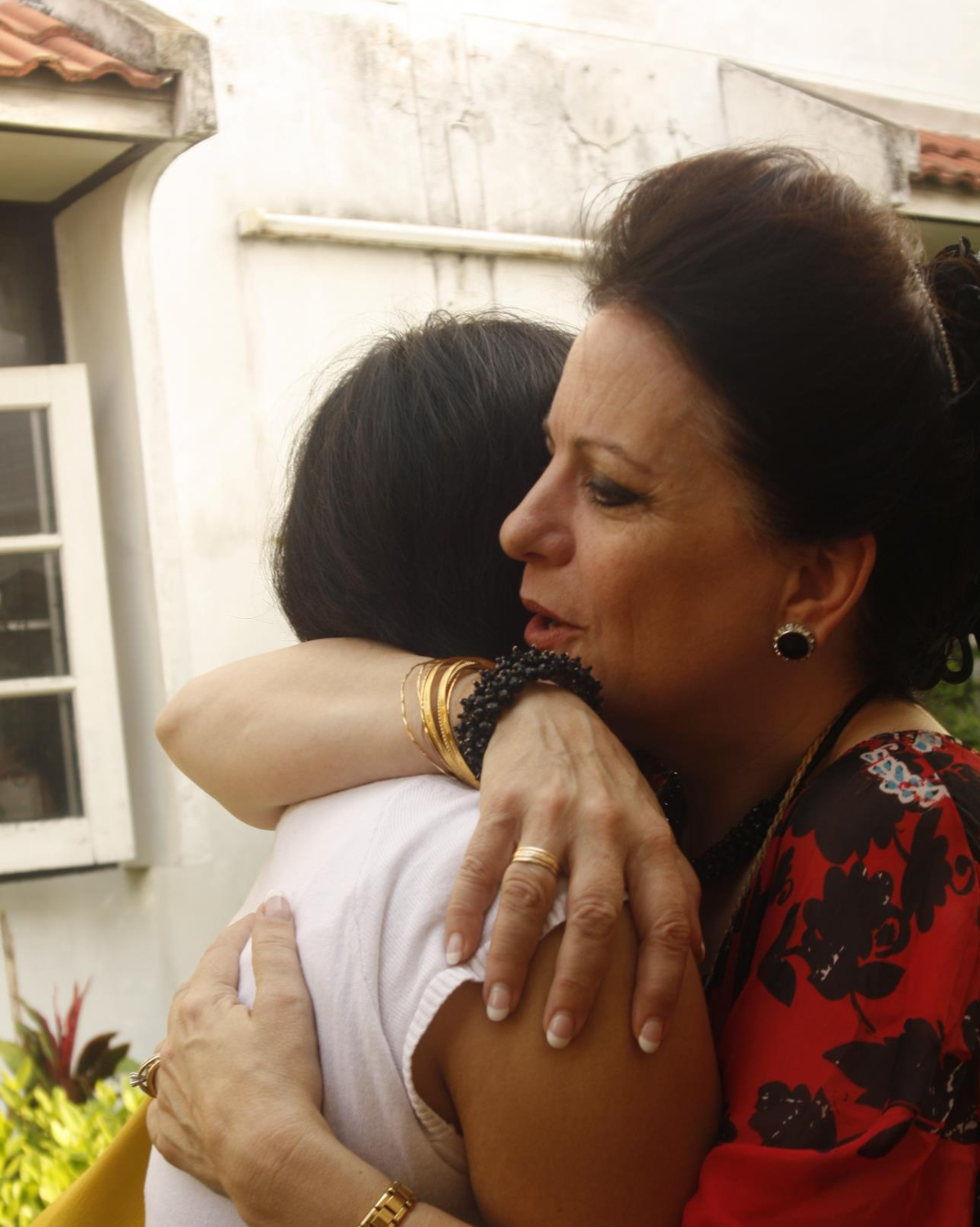

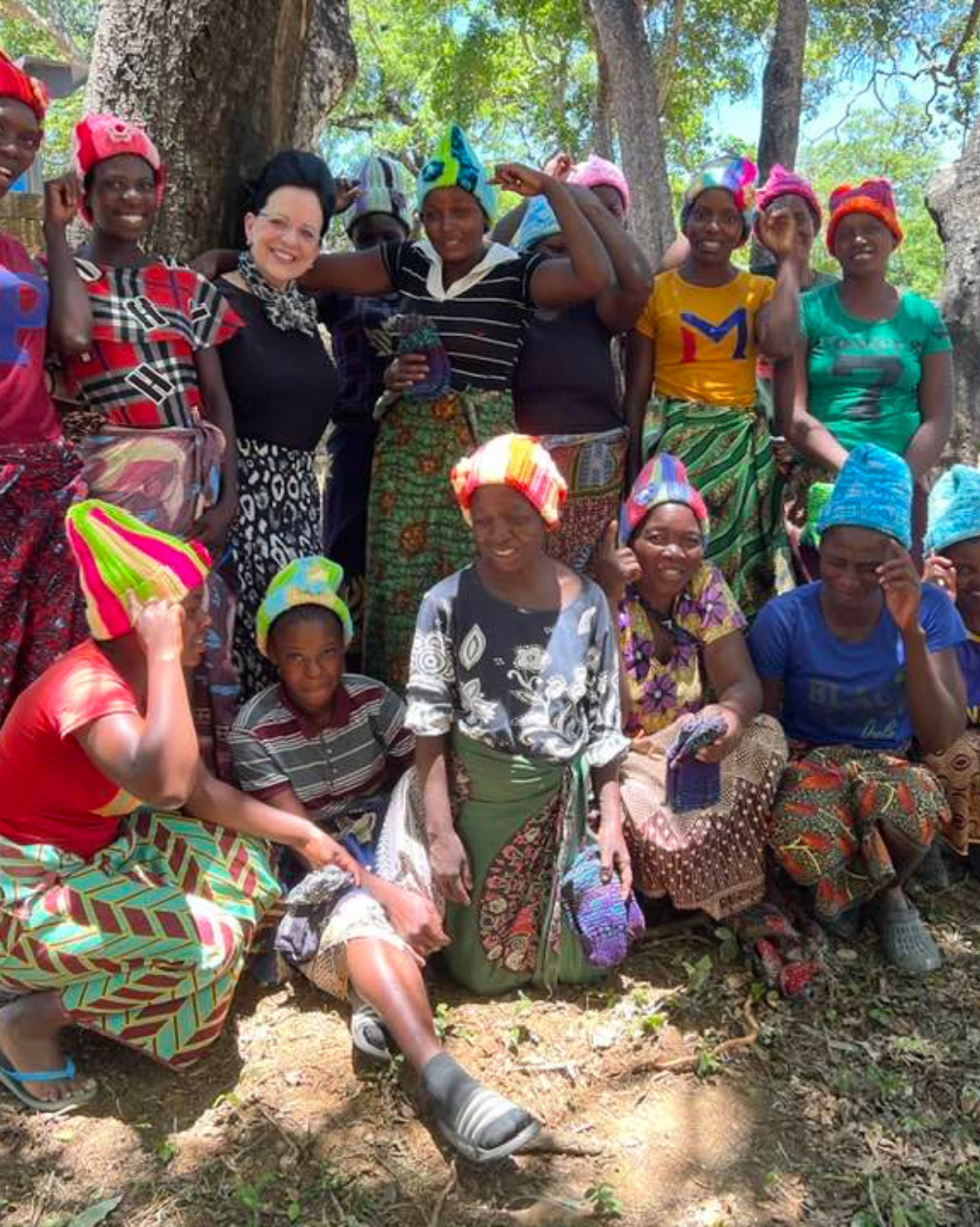
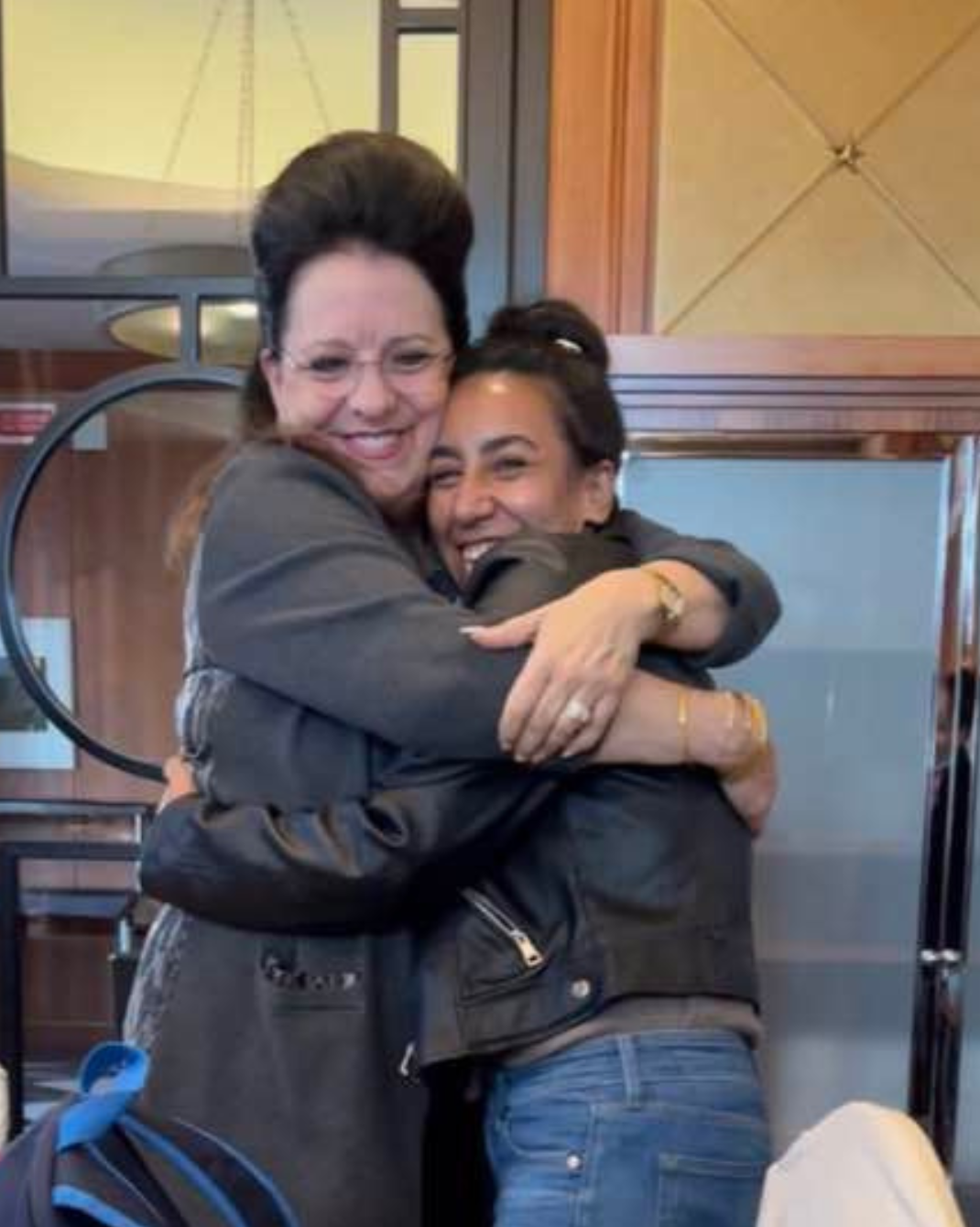
Two years later, WAR Int’l Headquarters was relocated to a larger facility in Wyoming, MI, and a retail store was opened under the same roof. A short time later, at this same location, WAR, Int’l purchased a larger, permanent space for growth and expansion. This introduced the founding of WAR, Int’l’s U.S. Training Center for rescued and at-risk women in the United States, and the launching of the WAR Chest Boutique website!
Today, we have our online boutique, one retail store, and multiple pop-up events popping up all over the country. WAR, Int’l is represented in all 50 states and is currently expanding into new countries as additional projects and partnerships are being formed.
FAQ
Where do the materials used in Women At Risk, International’s (WAR, Int’l’s) products come from?
Our partners make every effort to create all or most of their products with locally-sourced materials. This benefits the surrounding communities and helps to ensure program sustainability. To help facilitate this, WAR, Int’l has sent professional experts and consultants overseas to locate and identify regional products, evaluate local markets, and fine-tune ways to make the products marketable locally or abroad.
How much of the money from product sales goes into programs? How much goes back to the women who make the products? How are the women paid?
As mandated by the WAR, Int’l board, ninety percent of the profit from product sales goes back into our programs. The women making the products are paid one hundred percent of what they are promised. Pay varies from one program to the next, as each program is adjusted to the needs of the women it serves and the values of the culture. Many of our partners calculate wages based on the average salary of local elementary school teachers, placing the women’s income level well above what is normally earned by similar artisans and crafters in their countries. Women in safehouses are generally paid by the hour. Part of a woman’s paid work day may actually be spent studying and caring for her children. In addition, she receives “benefits” such as child care, medical care, and vocational scholarships. Women in community-based and micro-enterprise programs often receive the same benefits and are usually paid per piece, which gives them the potential to make even more money than they would make if paid per hour. Whatever the method of pay, the important thing is that rescued and at-risk women are earning a living and supporting themselves with dignity.
Do all of WAR, Int’l’s partners make and sell product?
Not all of our partnerships involve product. Product comes primarily from three types of programs: micro-enterprises, vocational training centers, and safehouses. Micro-enterprises and vocational training centers are generally formed around product creation, providing employment and skills training for those at risk. Some of these programs export their product, while others sell only locally. (The latter group includes cafés and bakeries as well as programs which, for various reasons, find it more cost-effective to focus on the local market.) Many of our safehouses also create product, which provides training and employment for their residents and also serves as a means of financial sustainability for the safehouses.
However, selling product is only one aspect of our multi-faceted approach to helping those at risk. Many of our partners do not create product at all. These include a few vocational programs and safehouses, along with programs focusing on orphan care, education, medical care, and outreach. We support these partners in a variety of other ways.
What kinds of products does WAR, Int’l sell? Do you have a catalog? How can I purchase your products?
Our products include jewelry, bags, accessories, scarves, ornaments, soaps, candles, and much more. Because our product line is continually changing and growing, we do not publish a print catalog. However, we provide several great ways for you to view and purchase WAR, Int’l product:
Our site is regularly updated to reflect new product, and sometimes you’ll even find online specials. You’ll also enjoy paging through the website’s virtual lookbooks, which we update regularly.
If you live or are visiting nearby, please stop into our WAR Chest Boutique:
Wyoming, MI – in front of our headquarters at 2790 44th St. 616-530-1234
See the Locations Page for directions and hours.
You may also purchase products at WAR, Int’l speaking events.
Finally, a fun way to view and purchase our product is by hosting or attending a WAR, Int’l Pop-Up Boutique, For more information on hosting a party, call our Party Central staff at (616) 855-0796 or send us an inquiry on our Host A Pop-Up Boutique page.
If you have a flair for fashion and would like to help us decide which products to carry, consider joining our style committee! For more information send us an inquiry on our Style Team page.
If you simply have a suggestion for a product you would like to see WAR, Int’l carry in the future, feel free to email us!
Are all of WAR, Int’l’s products made by rescued women?
No. Some are made by rescued women and some by at-risk women. Some are even made by rescued or at-risk men. We also carry a few items that are not made by those at risk but are sold in support of them. Our products fall into three categories based on the types of programs that produce them:
Curative Programs provide therapeutic communities in which those who were once trafficked, abused, or abandoned can find safety, comfort, and healing. Curative products are made by women and men who have been rescued from trafficking and other risk situations and are now learning sought-after and sustainable skills within the safety of their programs.
Preventive Programs focus on those at risk, striving to “rescue” vulnerable women and children from exploitation and abuse before it ever happens. Many of our preventative programs provide employment for at-risk individuals. Creating and selling products gives these individuals a means of supporting themselves and their families, safeguarding them against exploitation and empowering them toward futures of dignity and worth.
Supportive Programs help to maintain and expand WAR, Int’l’s projects, allowing us to reach more women, men, and children worldwide. Supportive products may be educational, such as books, or they may supplement our curative and preventative products; an example of the latter would be silver chains for our pearl pendants, earring and brooch converters, and necklace extenders. Supportive product also includes items sold in support of our partners and programs, such as our Pray 4 War Babies bracelets. The profit from supportive product sales is used in the area of greatest need—for example, new programs or emergency funds.
Check out more information on Women At Risk International on our organizations website here.


